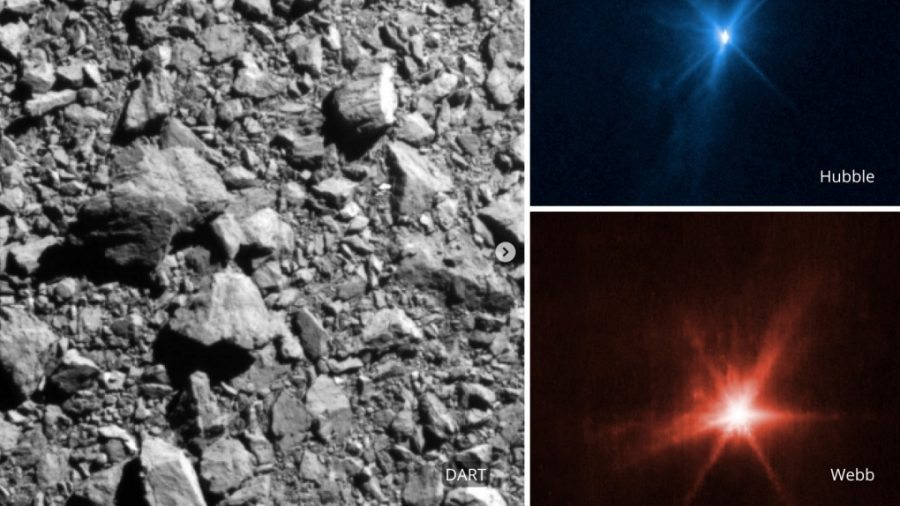Deviation of Asteroid, NASA Tests Planetary Emergency Defense
On Monday, September 26, 2022, NASA launched the Dart probe toward the Dimorphos asteroid to try to modify its orbit.
Dimorphos is a little moon 160 meters in diameter. It is the satellite of a bigger asteroid named Apollon Didymos, 780 meters in diameter.
The mission consists of sending a kamikaze spaceship to crash on Dimorphos to deviate it from its original orbit. The mission of NASA would be successful if they could reduce the orbit of Dimorphos around Didymos. This could hypothetically protect us if an asteroid was lined up to hit our planet. They could use the data to prepare for similar missions.
Asteroids have been falling into our planet for millennia, so preparation for a possible catastrophe is trivial.
An asteroid is a little rock or metallic celestial body in orbit around the sun. In other words, it is a residue of the solar system’s formation. These heavenly bodies have the destructive power of a nuclear bomb. Only one asteroid of 140 meters in diameter can erase an entire region.
The Dart probe is an unmanned space vehicle thrown into space to study and observe celestial objects like the sun, stars, planets, dwarf planets, etc. This one was, however, designed with the sole purpose of crashing and sending data back to earth.
Lori Glaze, The director of the planetary sciences at NASA, affirms that, “we are in a new era where we have potentially the capacity of making us safe from a dangerous asteroid impact. In 2026, the European probe Hera will observe the damages made by the collision to calculate the mass of the asteroid for the first time in history.
Each year, scientists make the discovery of approximately three thousand new asteroids. They know just forty percent of them, focusing on the ones above one hundred and forty meters in diameter. So many of them are yet to be cataloged. Nancy Chabot a planetary scientist at Johns Hopkins University, said the mission was the first step towards a true defence capacity.






